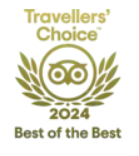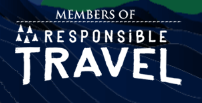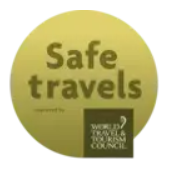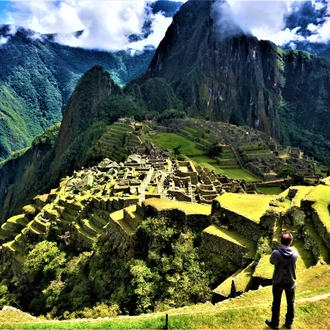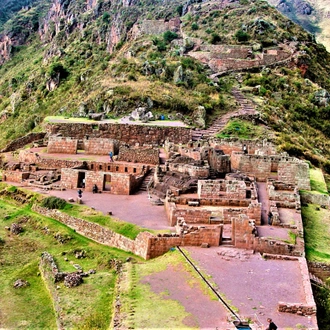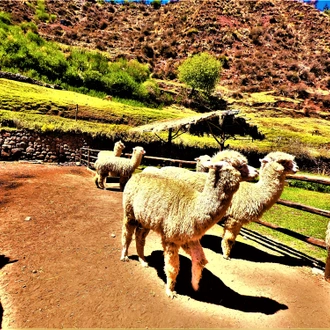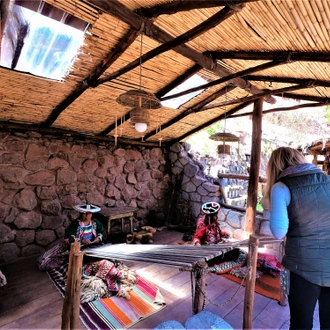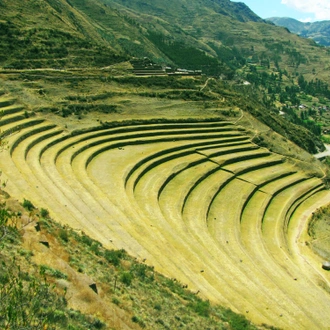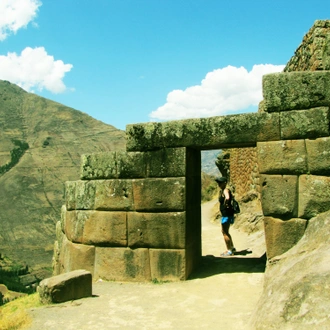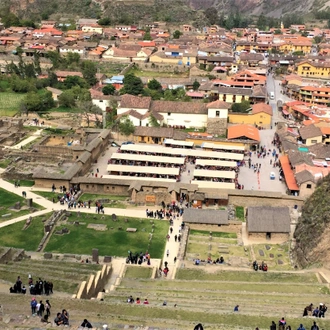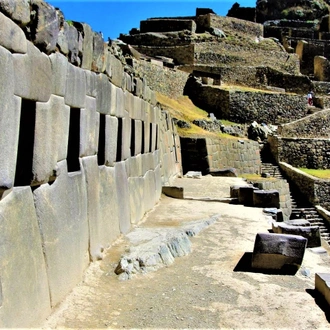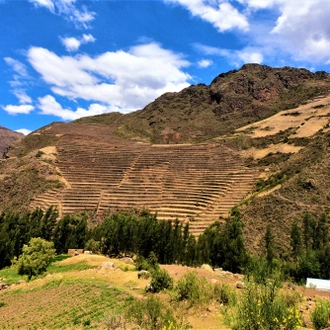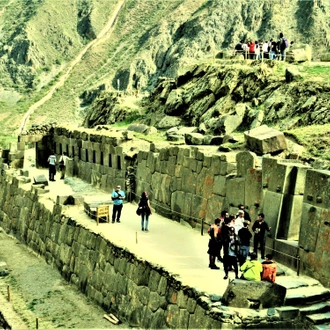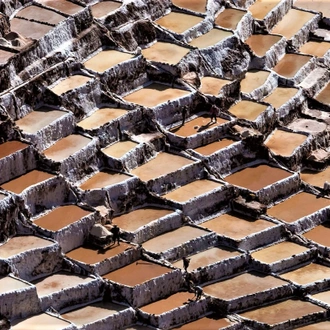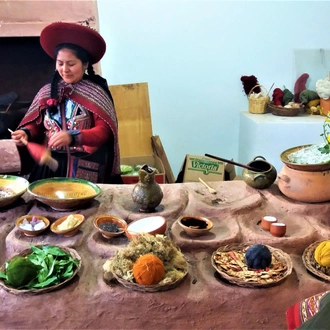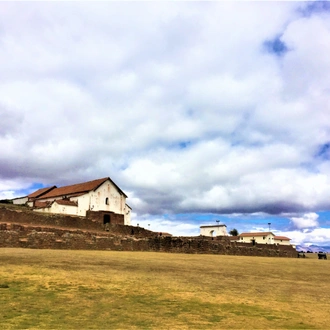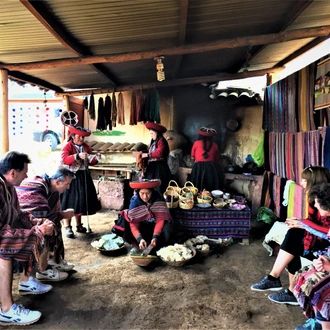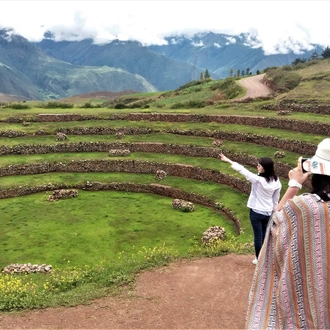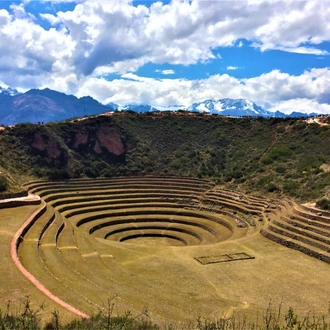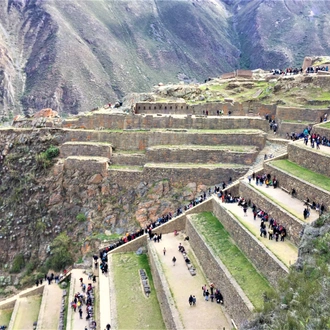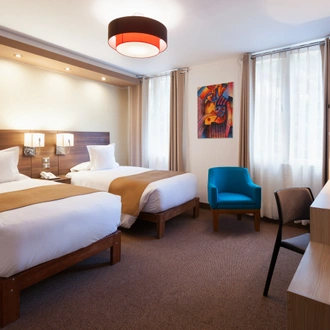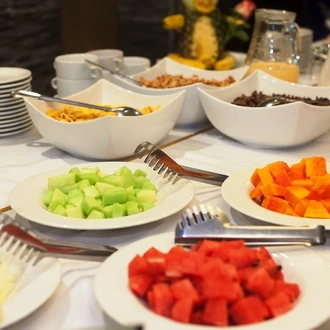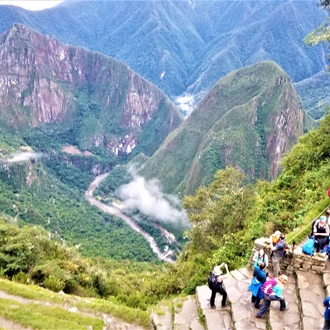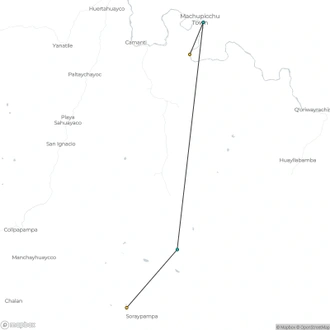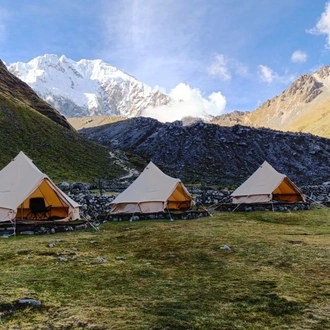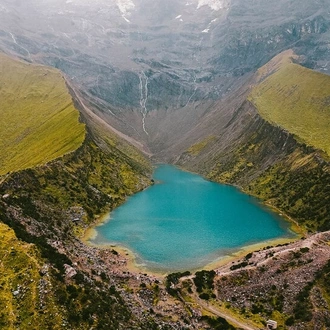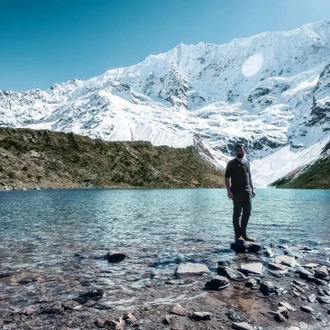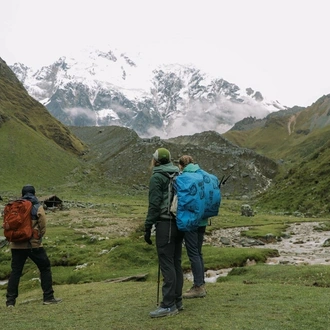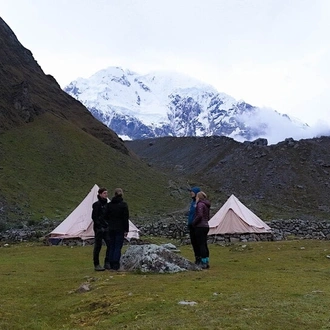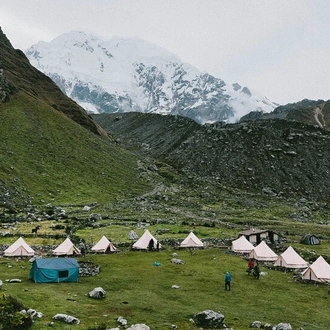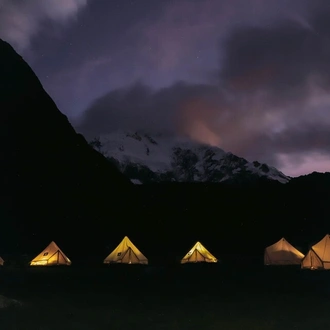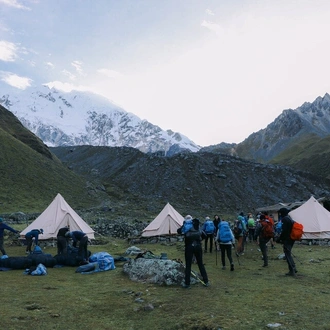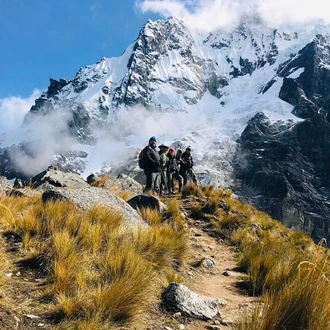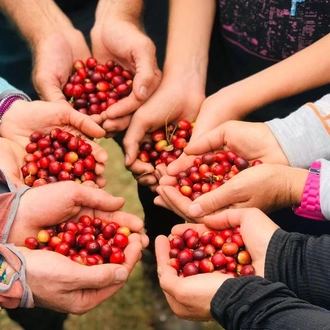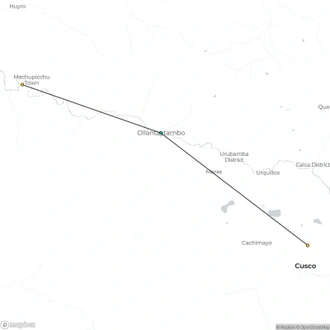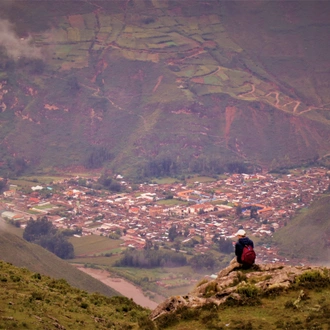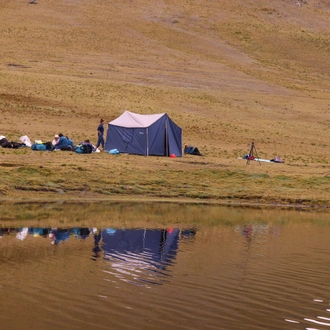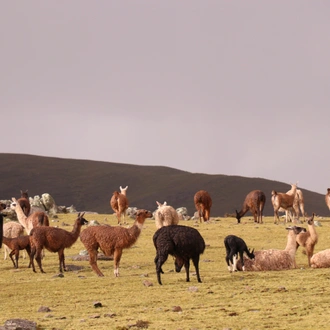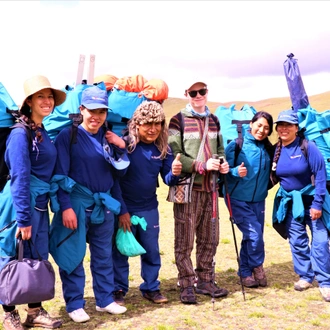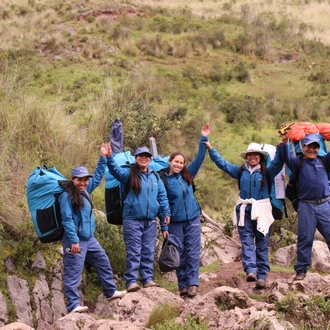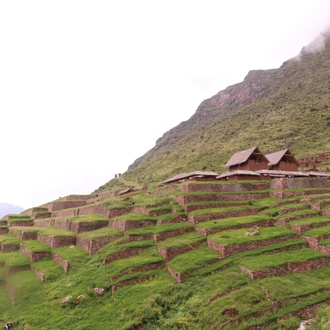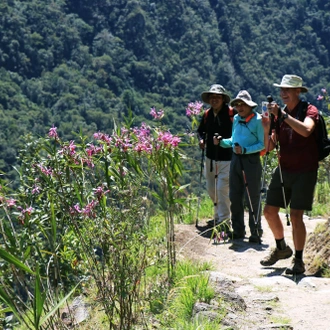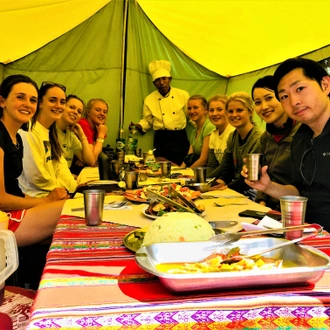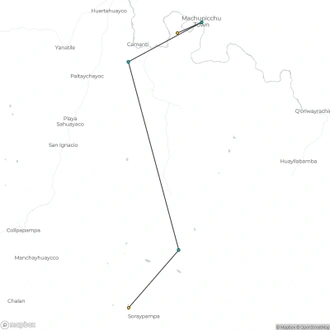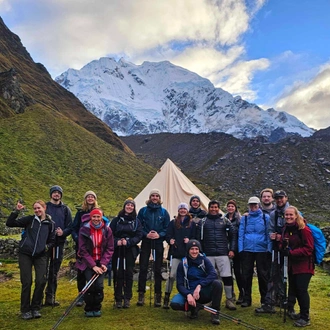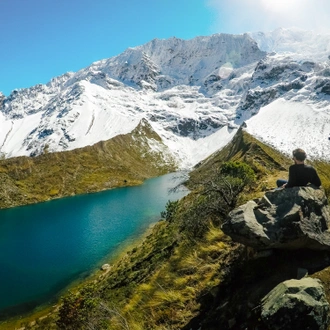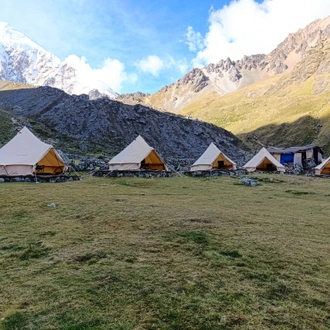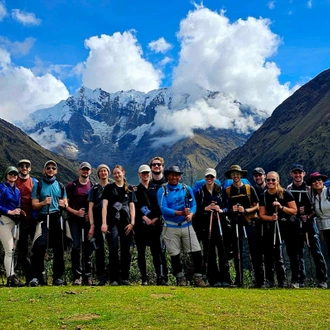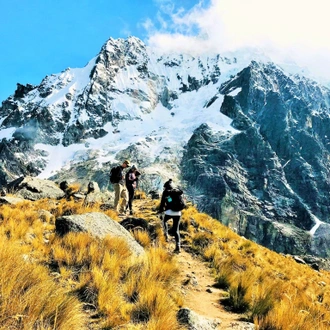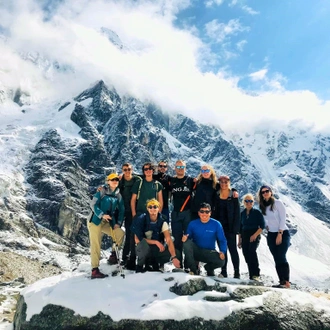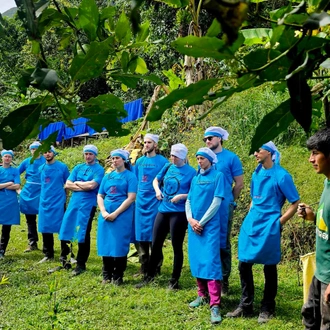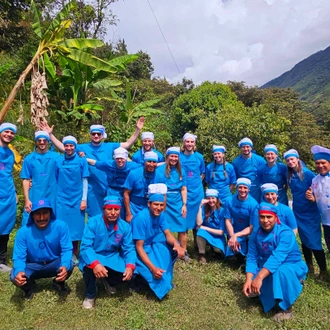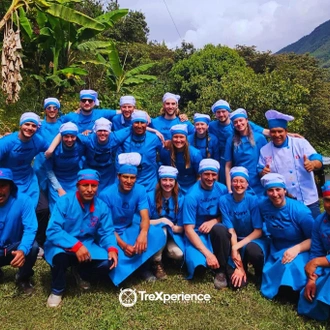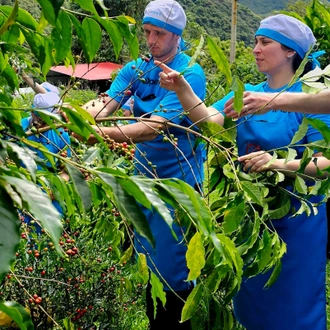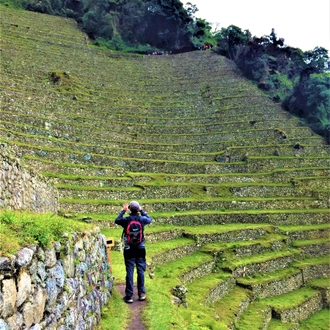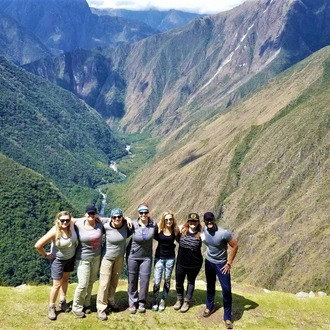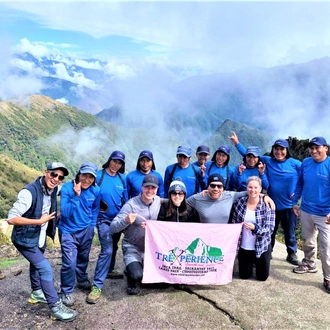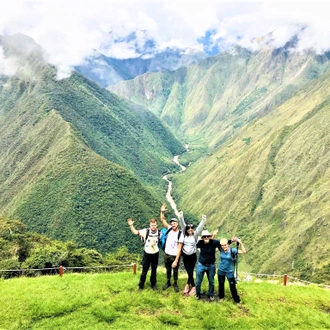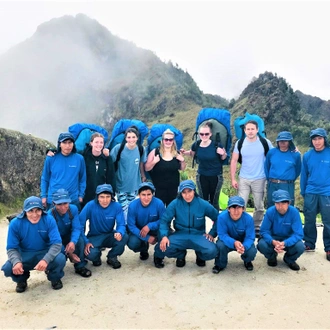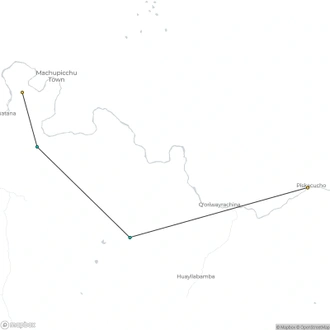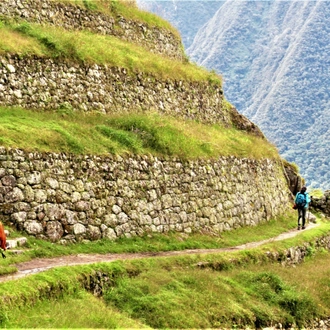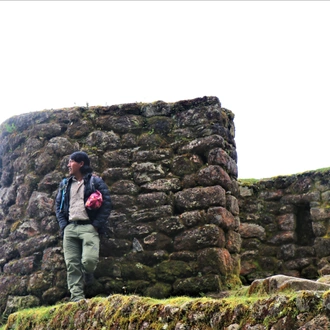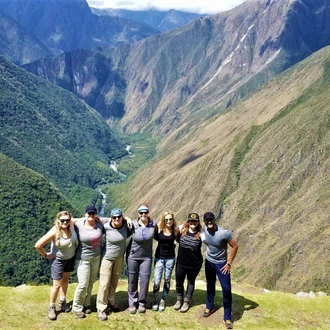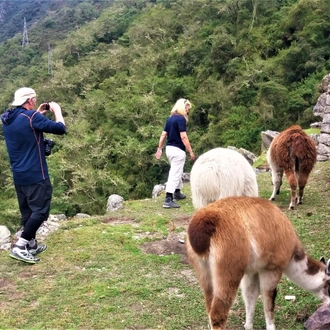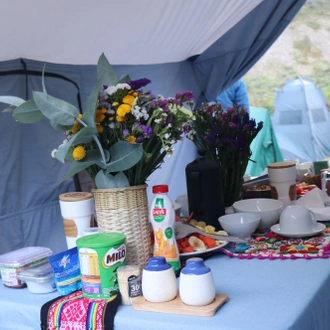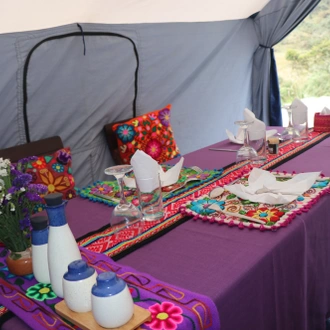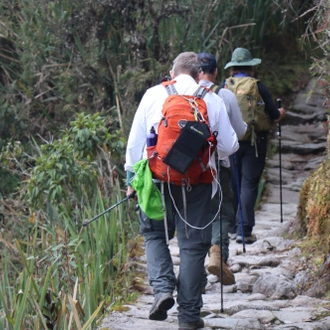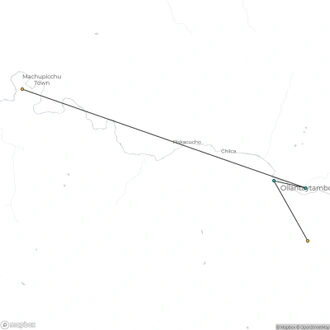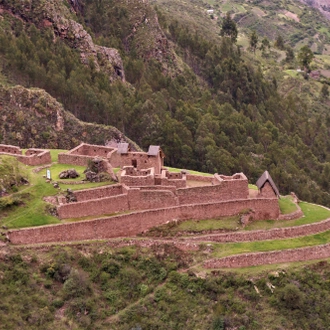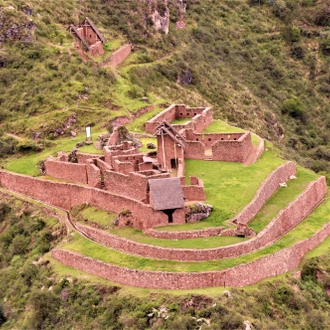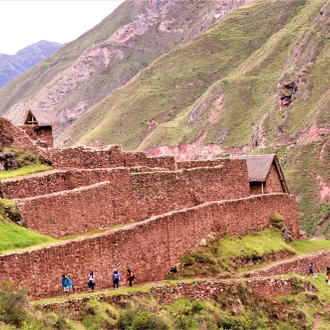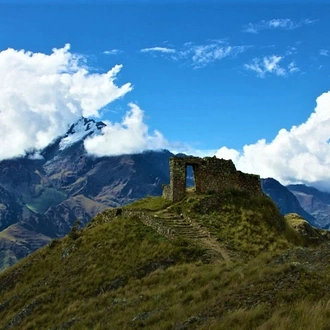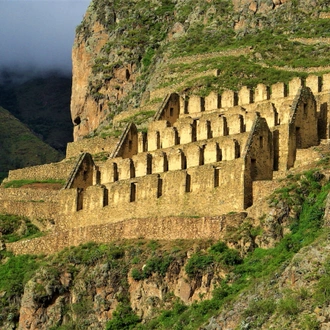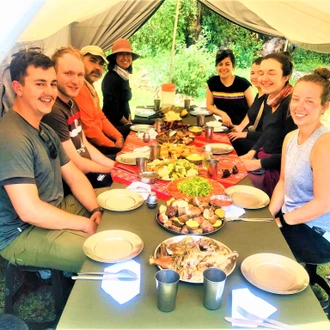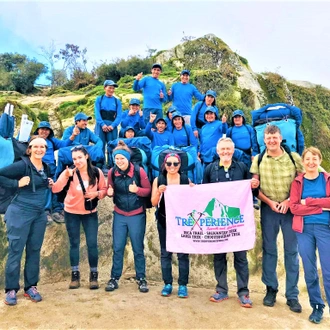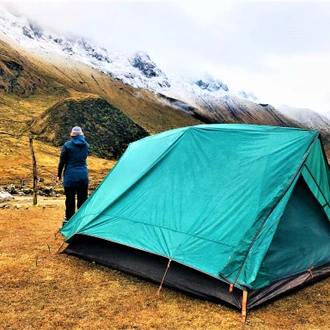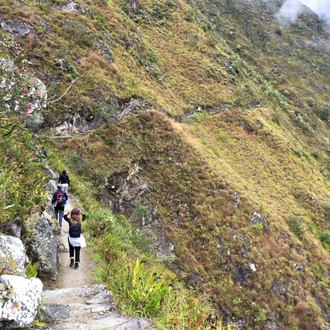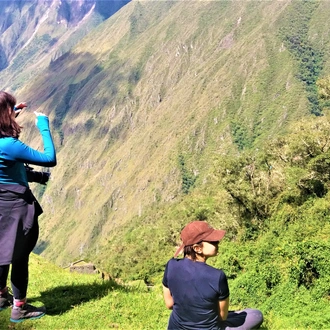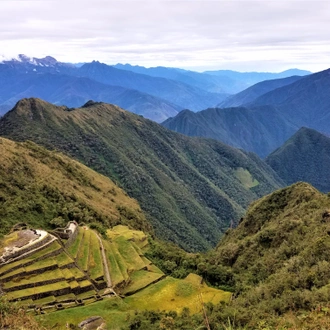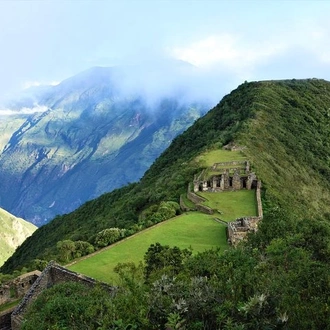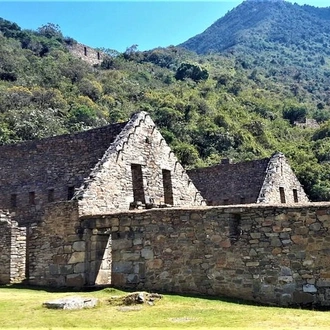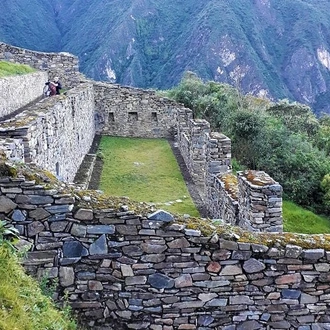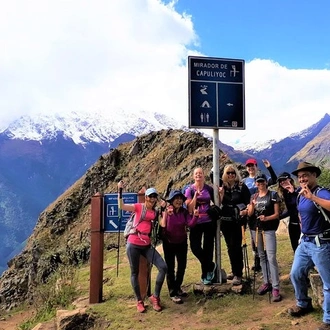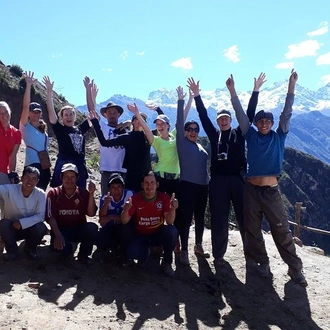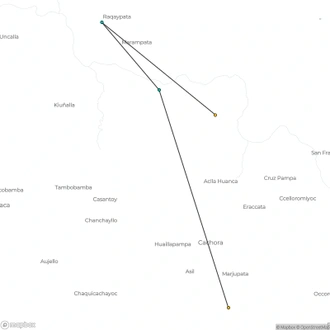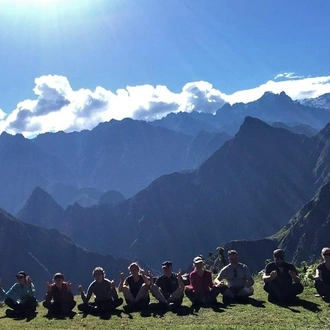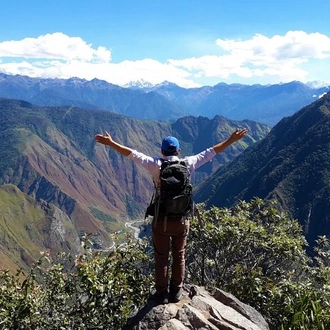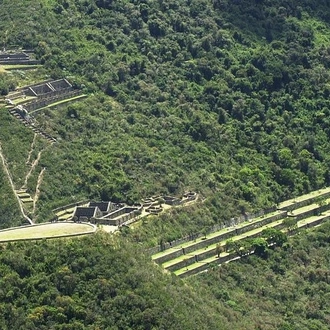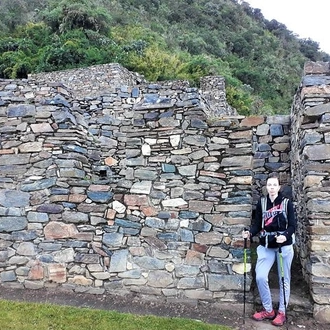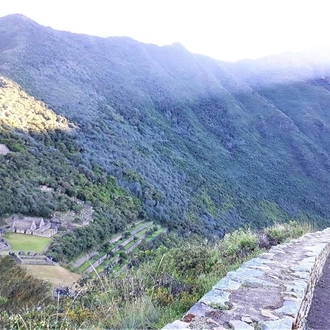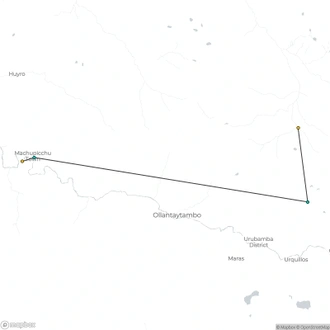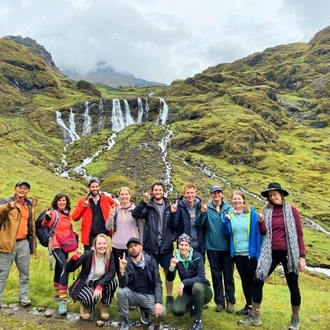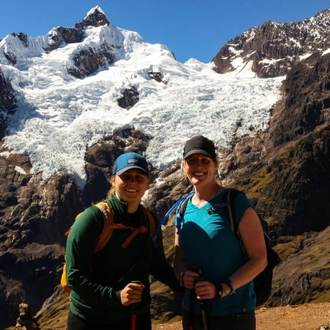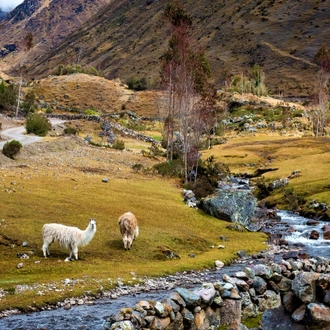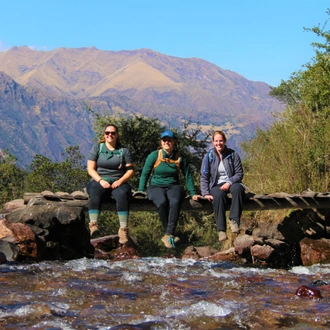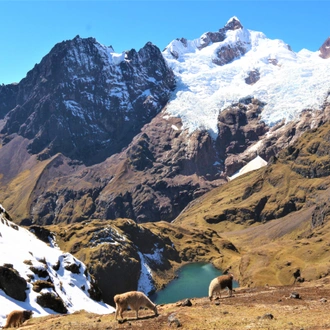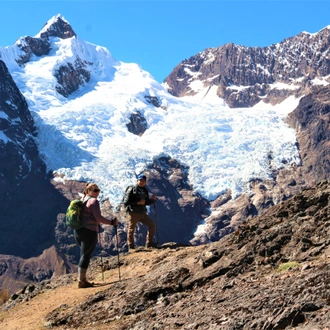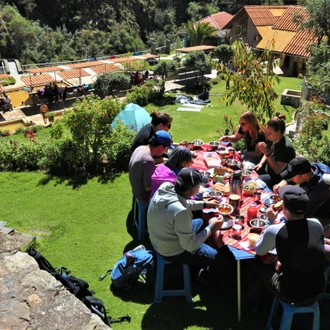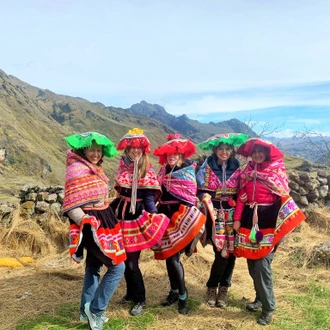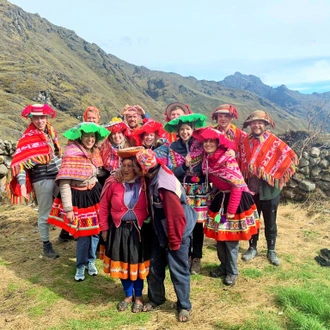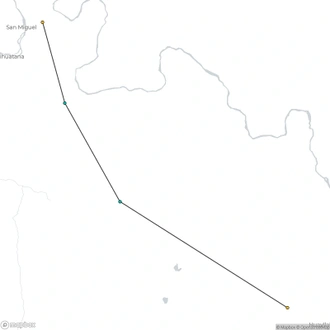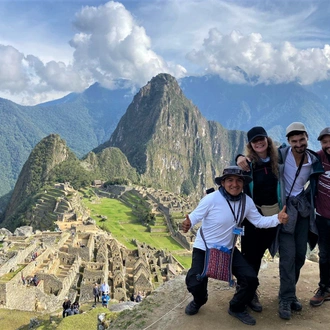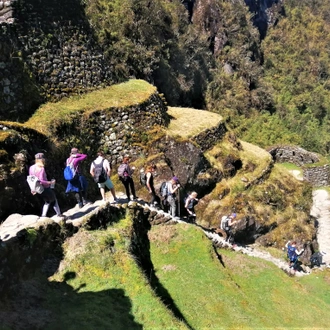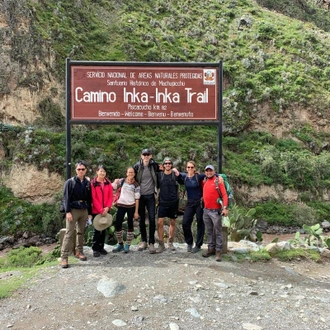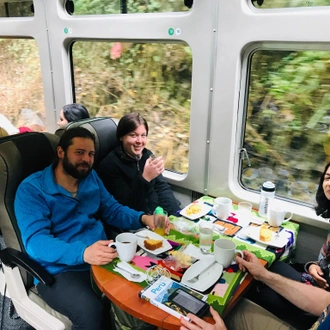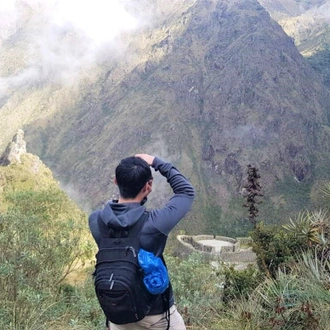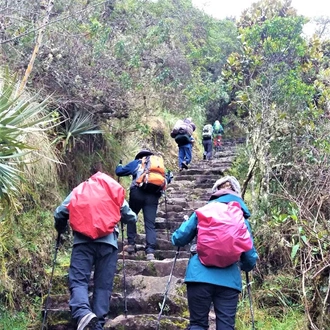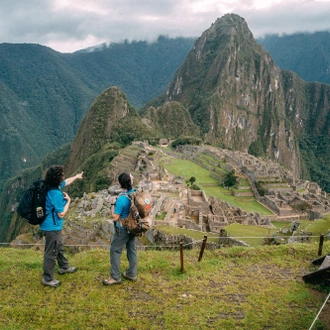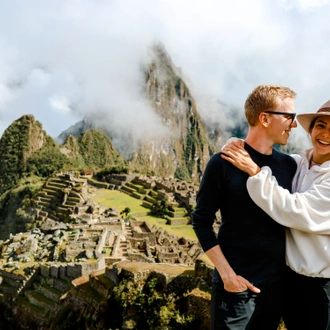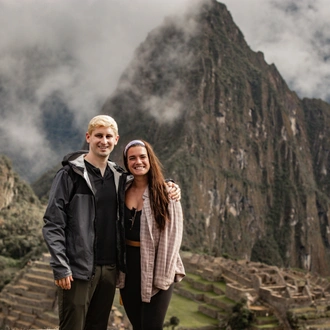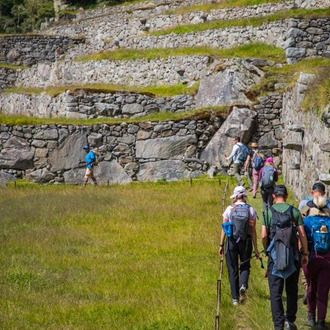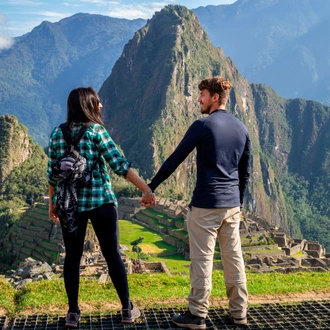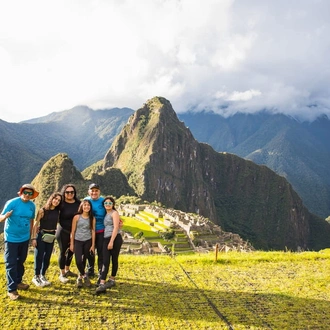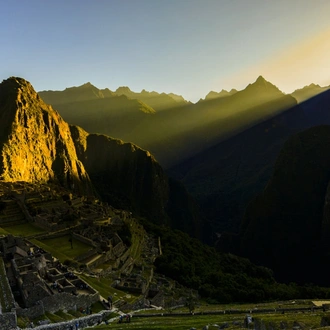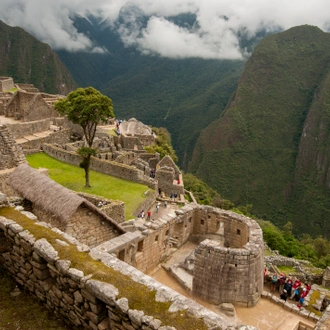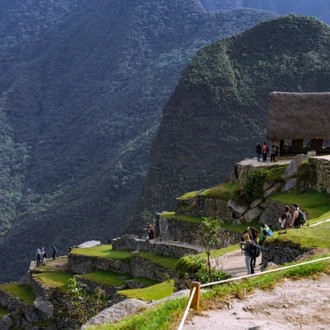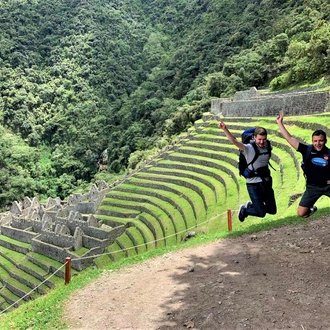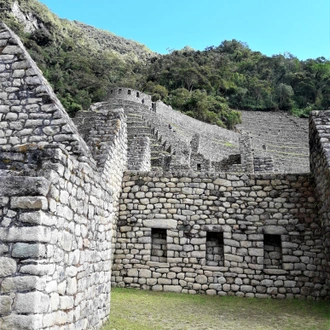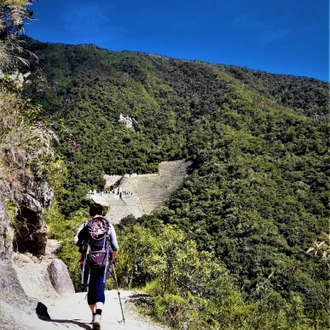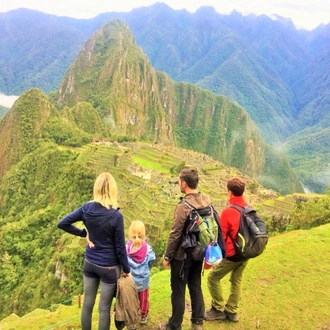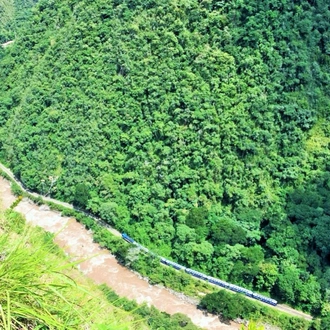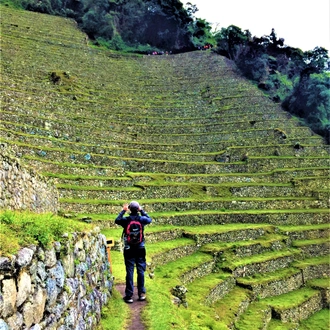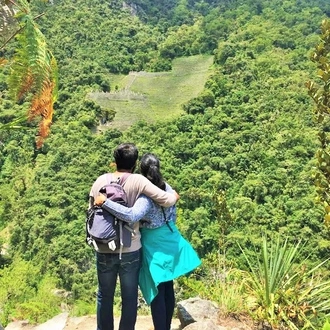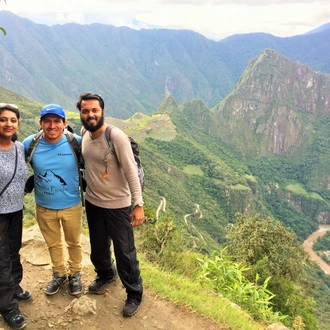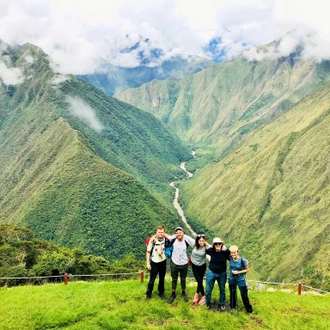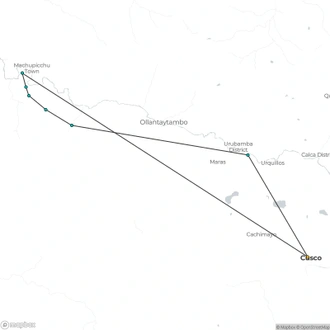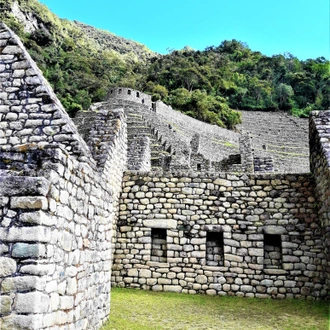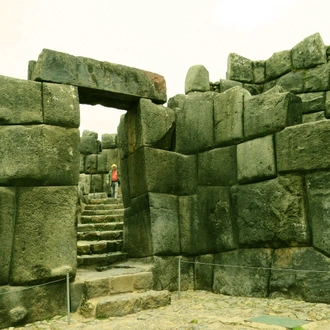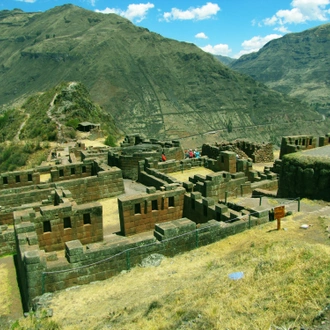

About TreXperience
We are a 100% local tour operator and our aim is to maximize the positive effects of tourism on local communities and the environment. We do this by hiring local staff (including porters, chefs, guides, suppliers) and involving them in a sustainable business model that benefits everyone. Additionally, we organize ....more
Reasons to tour with TreXperience
Responsible Travel
Better Treatment To Our Porters
Committed with environmental conservation
Community Service is very important for us
The Best professional local Tour Guides
Safety and Security is our top priority
We used the best and latest Equipment
100% local tour operator
Awards
Here are just some of our awards...
Responsible Tourism
At TreXperience, we believe that responsible travel is about making conscious decisions that positively impact the places we visit, the people we meet, and the cultures we experience. Responsible travel is reflected in our daily actions—how we operate tours, interact with local communities, and educate travelers to make better choices ....more
Economic Impact
We hire local guides, porters, and chefs, ensuring they receive fair wages and opportunities for growth. By investing in community projects like schools and healthcare, we help local communities thrive. Our efforts create long-term, meaningful changes, ensuring that tourism directly benefits the people in the regions we explore.
We work closely ....more
Accreditations and Associations
Member of the Adventure Travel Trade Association and Responsible Travel
Covid Policies
Please contact us for our latest COVID-19 policies.
What We Offer
TreXperience is your top choice for discovering the wonders of Peru because we offer more than just a trip—we bring you closer to the heart and soul of this incredible country. By blending adventure, local culture, and responsible tourism, we create experiences that stay with you for a lifetime. With ....more
Our Story
We are your gateway to the best adventures in Peru. TreXperience isn’t just about tours; we offer journeys that can change your life, from the high peaks of the Andes to the stunning beauty of Machu Picchu. With TreXperience, you’ll avoid crowded tourist spots. Our expert guides will share the ....more
Social Responsibility
TreXperience promotes gender equality by hiring and promoting women in leadership roles. Whether they are guides or chefs, we ensure that women have equal opportunities to thrive in tourism-related positions. We actively support initiatives that empower women through education, training, and financial support. By encouraging female leadership and providing resources, ....more
TreXperience Reviews
Frequently Asked Questions
When is the best time to travel to Cusco?
The best time to visit Cusco is during the dry season, which runs from May to September. The weather is perfect for trekking and exploring the city, with clear skies and little chance of rain. This is also the peak travel season, so it can be busier. If you prefer fewer crowds and don’t mind a little rain, the shoulder seasons (April and October) can also be great times to visit.
When do you have to arrive in Cusco?
It’s a good idea to arrive in Cusco at least 2 to 3 days before your trek starts. This gives your body time to adjust to the high altitude, which is crucial since Cusco sits pretty high up at 11,152 feet (3,400 meters). The extra days also give you time to explore the city and its surroundings before your big adventure begins.
How to prevent altitude sickness?
Altitude sickness is pretty common when you head to places like Cusco, so it’s smart to be prepared. Here are a few things you can do to avoid or lessen it: - Arrive early: Give yourself a couple of days to acclimate. - Drink plenty of water: Staying hydrated is key. - Try coca tea: Locals swear by it. It's made from coca leaves and can help with altitude adjustment. - Avoid heavy meals and alcohol: These can make it harder for your body to adjust. - Take it easy: Don’t push yourself too hard on the first day or two. - Medication: Talk to your doctor about altitude sickness pills like Diamox if you're worried. If you start feeling dizzy, tired, or get a headache, slow down, rest, and stay hydrated.
Which is better, Inca Trail or Salkantay Trek?
Both treks offer incredible experiences, but they’re different in key ways: - The Inca Trail is all about history, as you’ll walk the same paths the Incas did and pass through several archaeological sites. It’s a shorter trek but highly regulated, with limited permits. - The Salkantay Trek is a bit more off the beaten path. It’s longer and tougher but offers stunning scenery, including glaciers and cloud forests. There are fewer crowds, and no permit is required. If you want the classic Machu Picchu experience, go for the Inca Trail. If you're looking for a more rugged adventure, Salkantay might be the better choice.
How many people are allowed in each group?
The size of each group on the Inca Trail is typically limited to 16 people. This ensures a more personalized experience and allows for easier management on the narrow paths of the trail. TreXperience, like most tour operators, adheres to this limit to comply with government regulations and to preserve the environment along the trail.
Videos
28 Trexperience Tours
Filters (28 matches)
Exact Phrase
Duration
Date
Travel Style
Guide Type
Price
Countries
-
South America
Tour Types
Interests
Activities
Recommended For
Operator
Visiting: Machu Picchu, Cusco, Peru ...more
Visiting: Machu Picchu, Cusco, Peru ...less
View Tour RecommendedVisiting: Peru, Machu Picchu, Aguas Calientes ...more
Visiting: Peru, Machu Picchu, Aguas Calientes ...less
View Tour RecommendedVisiting: Aguas Calientes, , Peru ...more
Visiting: Aguas Calientes, , Peru ...less
View Tour RecommendedVisiting: Peru, Ausangate, Vinicunca, Cusco, Pucacocha ...more
Visiting: Peru, Ausangate, Vinicunca, Cusco, Pucacocha ...less
View TourVisiting: Cusco, Ollantaytambo, Peru, ...more
Visiting: Cusco, Ollantaytambo, Peru, ...less
View TourVisiting: Colcapampa, Peru, Aguas Calientes, Cusco, ...more
Visiting: Colcapampa, Peru, Aguas Calientes, Cusco, ...less
View TourVisiting: Warmiwañusca Pass, Inca Trail, Peru, Machu ...more
Visiting: Warmiwañusca Pass, Inca Trail, Peru, Machu Picchu, Cusco ...less
View TourVisiting: , Aguas Calientes, Tanca, Ollantaytambo, Peru ...more
Visiting: , Aguas Calientes, Tanca, Ollantaytambo, Peru ...less
View TourVisiting: , Peru, Aguas Calientes ...more
Visiting: , Peru, Aguas Calientes ...less
View TourVisiting: Ollantaytambo, Cusco, Peru, Sacred Valley, ...more
Visiting: Ollantaytambo, Cusco, Peru, Sacred Valley, Wiñaywayna, Inca Trail, Machu Picchu ...less
View TourVisiting: Rio Blanco, Peru, Aguas Calientes, Choquequirao, ...more
Visiting: Rio Blanco, Peru, Aguas Calientes, Choquequirao, Santa Teresa District, Machu Picchu, Cusco ...less
View TourVisiting: Cachora, , Peru ...more
Visiting: Cachora, , Peru ...less
View TourVisiting: , Cancha Cancha, Peru, Lares, Ollantaytambo ...more
Visiting: , Cancha Cancha, Peru, Lares, Ollantaytambo ...less
View TourVisiting: Peru, Warmiwañusca Pass, Wiñaywayna, Cusco, Machu ...more
Visiting: Peru, Warmiwañusca Pass, Wiñaywayna, Cusco, Machu Picchu ...less
View TourVisiting: Peru, Wiñaywayna, Cusco, Inca Trail, Machu Picchu ...more
Visiting: Peru, Wiñaywayna, Cusco, Inca Trail, Machu Picchu ...less
View TourVisiting: Machu Picchu, Cusco, Peru, Huchuy Qosqo ...more
Visiting: Machu Picchu, Cusco, Peru, Huchuy Qosqo ...less
View TourVisiting: Cancha Cancha, Lares, Ollantaytambo, Aguas ...more
Visiting: Cancha Cancha, Lares, Ollantaytambo, Aguas Calientes, , Peru ...less
View TourVisiting: Aguas Calientes, Peru, ...more
Visiting: Aguas Calientes, Peru, ...less
View TourVisiting: Santa Teresa, Aguas Calientes, Urubamba, , Peru ...more
Visiting: Santa Teresa, Aguas Calientes, Urubamba, , Peru ...less
View TourVisiting: Playa Rosalina, Cusco, Peru, Apurimac River, ...more
Visiting: Playa Rosalina, Cusco, Peru, Apurimac River, Choquequirao ...less
View TourVisiting: Peru, Cusco, Machu Picchu, Sacred Valley ...more
Visiting: Peru, Cusco, Machu Picchu, Sacred Valley ...less
View TourVisiting: Peru, Machu Picchu ...more
Visiting: Peru, Machu Picchu ...less
View TourVisiting: Machu Picchu, Phuyupatamarca, Sacred Valley, Dead ...more
Visiting: Machu Picchu, Phuyupatamarca, Sacred Valley, Dead Woman's Pass, Peru, Cusco ...less
View Tour
